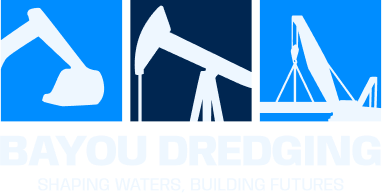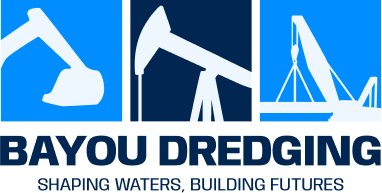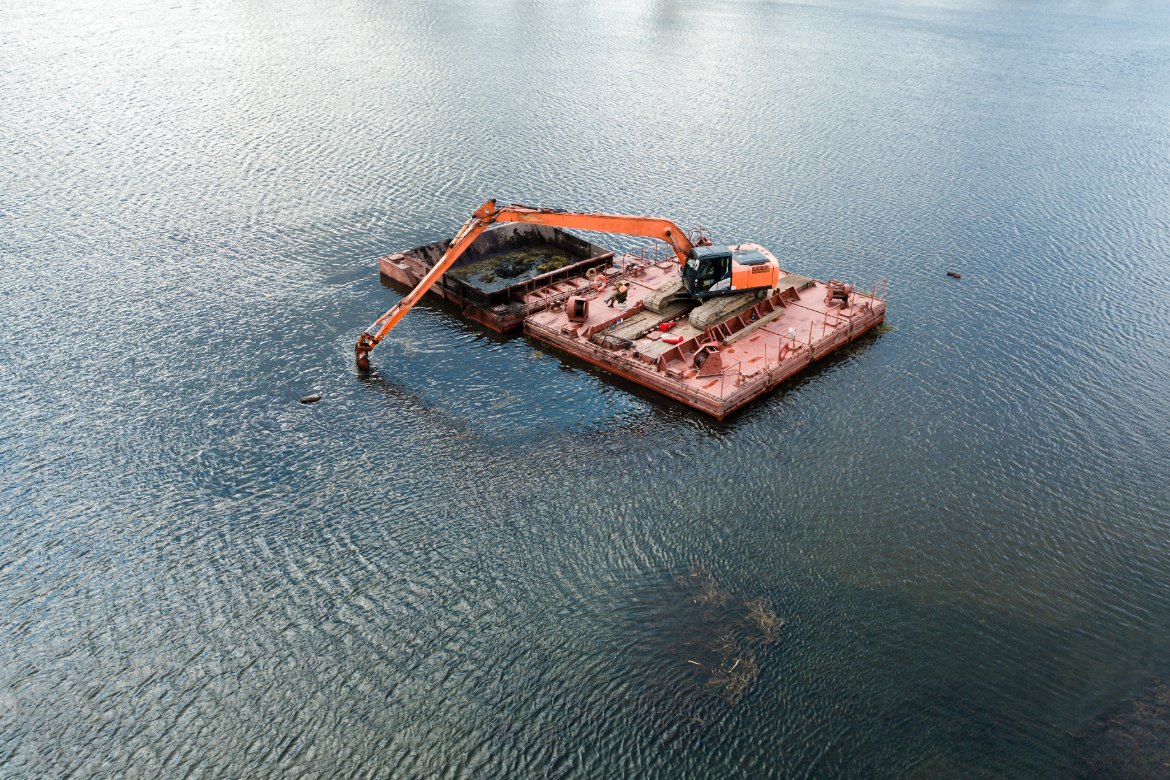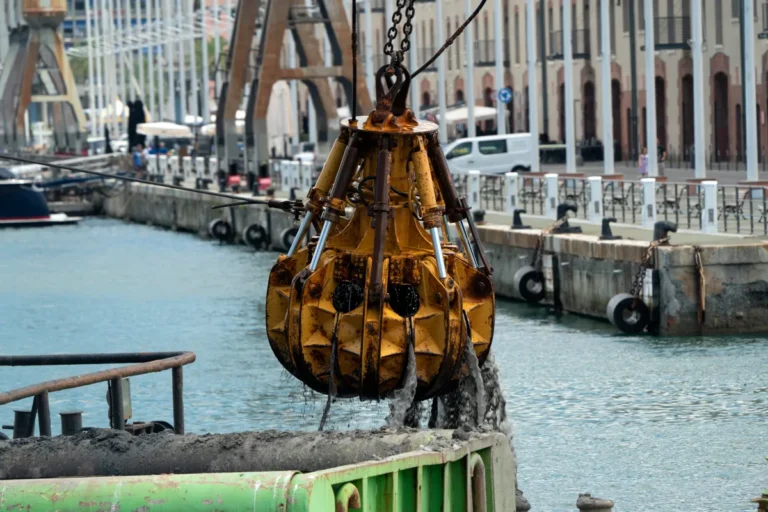Dredging plays a vital role in restoring and maintaining the health of aquatic ecosystems, rivers, harbors, and reservoirs. Removing accumulated sediment and debris helps restore water flow, improve navigation, and support the natural balance of marine and freshwater environments.
Traditional dredging methods, however, often came with trade-offs. Older equipment consumed more fuel, created excessive turbidity, and lacked the precision needed to protect sensitive habitats. These limitations made restoration projects time-consuming, costly, and less environmentally sustainable.
The introduction of modern water dredging equipment has changed that landscape. Advanced hydraulics, real-time monitoring, and automation now allow for cleaner, faster, and more controlled operations. This modernization has redefined what is possible in restoration, paving the way for efficient, eco-conscious dredging practices that meet the growing demands of water management.
The Evolution of Water Dredging Equipment
Water dredging equipment has advanced far beyond the mechanical bucket systems once used for large-scale sediment removal. Modern hydraulic and cutterhead designs now combine higher efficiency with precise control, improving results in restoration and environmental maintenance projects. Automation and real-time monitoring tools give operators better visibility into dredge depth, flow rates, and turbidity, helping meet strict regulatory standards.
Recent developments in shallow-water dredging equipment have further expanded access to confined and ecologically sensitive areas. Compact, modular units now reach areas once considered impractical for dredging, enabling cleaner, faster restoration. As technology advances, these systems continue to evolve toward even greater precision and sustainability, naturally leading into the next phase of innovation in water restoration.
Precision and Control in Sensitive Environments
Modern water dredging equipment emphasizes accuracy over brute force. GPS-guided and sonar-based positioning systems allow operators to track dredge heads and sediment layers in real time, ensuring that only targeted areas are disturbed. This level of control helps maintain channel depth without over-excavation or unnecessary disruption.
By minimizing sediment resuspension, precision dredging reduces turbidity, protects aquatic habitats, and maintains water quality. The result is a cleaner and more predictable operation that supports ecological balance during restoration work.
Compared with older mechanical dredges, modern hydraulic systems provide smoother control, automated feedback, and improved monitoring to meet environmental regulations. These advancements make today’s dredging equipment more efficient and better suited for restoration projects in shallow or sensitive environments.
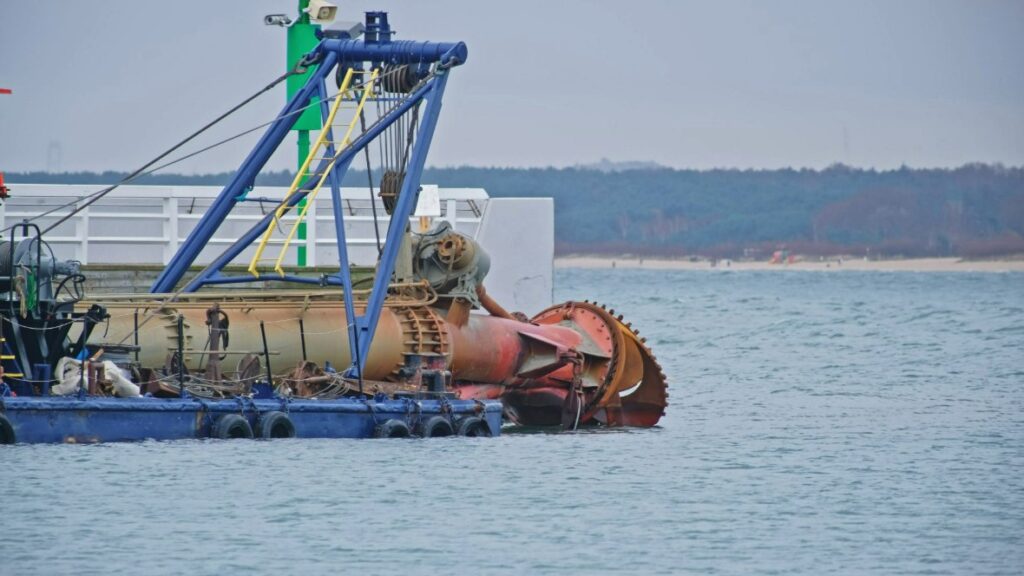
Efficiency Gains and Reduced Project Timelines
Modern water dredging equipment is engineered for higher throughput and uninterrupted operation, enabling restoration teams to move more material in less time. Advanced pump systems, optimized hydraulic circuits, and intelligent controls ensure consistent performance even in demanding conditions.
Many of today’s dredges feature modular components that are quick to service or replace, reducing downtime between shifts or maintenance intervals. This streamlined design keeps projects running on schedule and limits costly interruptions.
Improved efficiency also extends to labor, fuel use, and operating costs. With better automation and energy management, fewer personnel are needed on-site, and overall consumption per cubic yard of material removed is lower. These combined advantages make modern dredging equipment a practical choice for faster, cleaner, and more cost-effective restoration projects.
Versatility Across Restoration Scenarios
Modern water dredging equipment is built to handle a wide range of restoration projects, from clearing silt in lakes and ponds to maintaining river channels and rebuilding coastal zones. Its adaptable design allows operators to adjust equipment configuration based on water depth, sediment type, and site conditions.
Shallow water dredging equipment is especially effective in confined or environmentally sensitive areas where larger mechanical systems cannot operate efficiently. Compact dredges with precise hydraulic control can remove accumulated sediment without disturbing nearby vegetation or aquatic life.
Interchangeable pump heads, modular pontoons, and variable suction configurations make it easy to adapt a single dredge to different restoration tasks. This flexibility allows contractors to maximize utilization and achieve consistent results across diverse water environments.
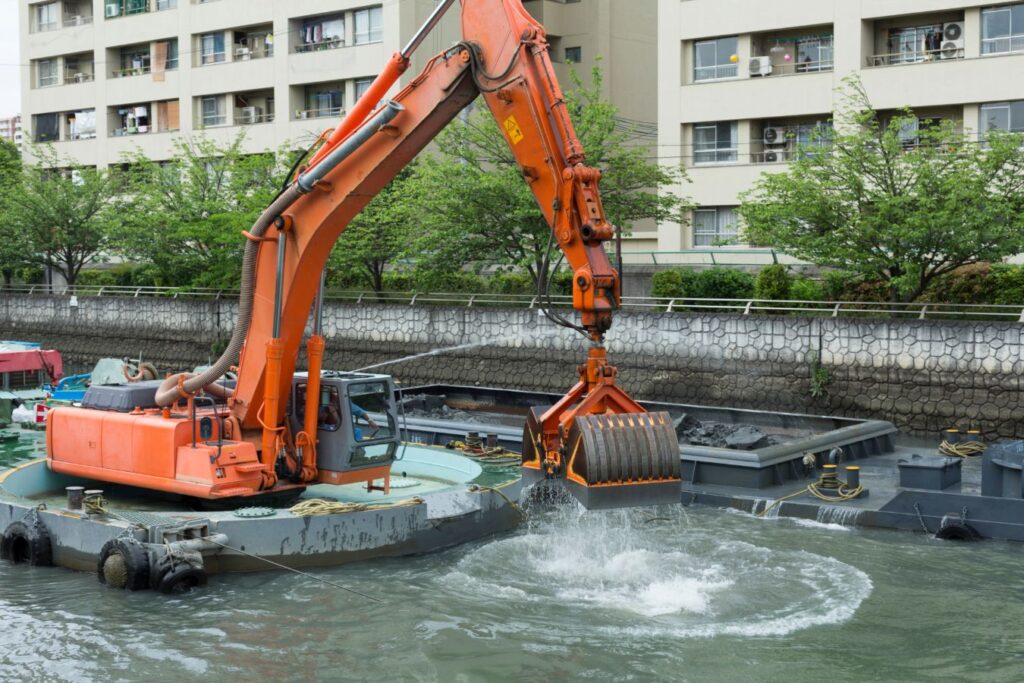
Environmental and Regulatory Advantages
Advanced water dredging equipment is designed to meet strict environmental and sediment control requirements that govern modern restoration projects. Precision dredging and closed-loop hydraulic systems help minimize turbidity, prevent contamination spread, and protect aquatic life throughout operations.
Many new-generation dredges are built with eco-friendly materials and low-emission power systems, reducing their environmental footprint. Features such as sediment containment booms, filtration units, and biodegradable hydraulic fluids further enhance compliance with environmental standards.
Automation also plays a key role in maintaining transparency and accountability. Integrated sensors track turbidity, flow rates, and sediment movement in real time, allowing project teams to generate consistent compliance reports. This combination of technology and design helps ensure that dredging operations remain both efficient and environmentally responsible.
Data-Driven Dredging and Smart Monitoring
Modern water dredging equipment now operates as a connected system rather than a standalone machine. Integrated sensors, flow meters, and dredge vision systems provide continuous feedback on sediment flow, depth, and material density, allowing operators to make informed adjustments while dredging.
Real-time data collection enables more accurate measurement of sediment volume, turbidity levels, and pump performance. This information supports precise dredging control, reduces over-removal, and ensures consistent progress throughout restoration work.
Remote monitoring adds another layer of efficiency and safety. Operators can track performance, diagnose issues, and manage adjustments from onshore control stations, improving uptime and reducing field labor requirements. These intelligent systems make modern dredging equipment more predictable, efficient, and reliable for large-scale water restoration projects.
Cost Efficiency and Lifecycle Benefits
Modern water dredging equipment delivers measurable cost advantages across every stage of operation. Automation and advanced hydraulic systems lower fuel consumption and reduce the likelihood of mechanical failures, resulting in fewer unplanned repairs and less downtime.
Because of improved efficiency, many projects can now be completed with smaller crews and without the need for multiple support vessels. This streamlined setup reduces labor and logistical expenses while maintaining consistent output.
In the long term, durable components and corrosion-resistant materials extend equipment lifespan and minimize maintenance cycles. These combined factors deliver strong returns on investment, making modern dredging systems a practical and sustainable choice for ongoing restoration and water management projects.

Safety Improvements and Operator Comfort
Safety and operator well-being have become central to modern dredging equipment design. Enclosed cabins with climate control, ergonomic seating, and responsive controls reduce fatigue during long operations while protecting operators from noise, vibration, and harsh weather conditions.
Remote operation systems allow dredging to be performed from shore or support vessels, minimizing direct exposure to hazardous environments. Autonomous and semi-autonomous functions further reduce on-site risks by limiting manual intervention in difficult or unstable areas.
Enhanced visibility tools, including onboard cameras, sonar imaging, and real-time monitoring displays, improve navigation and situational awareness in shallow or obstructed waters. Together, these features ensure safer working conditions and greater operational control for restoration teams.
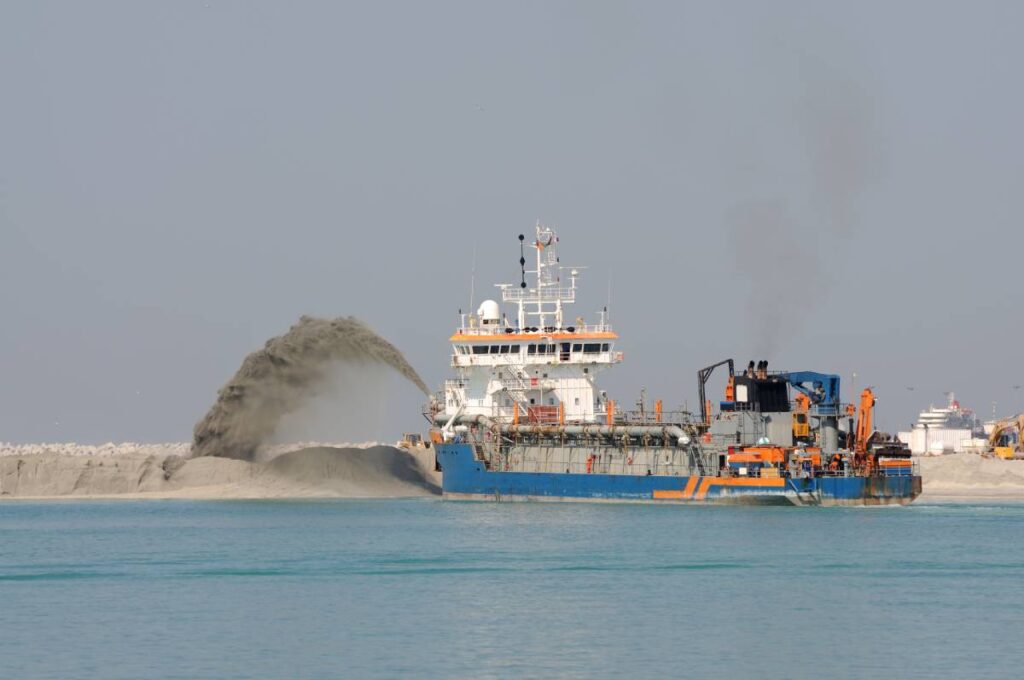
Preparing for Future Restoration Demands
The need for greater efficiency, sustainability, and adaptability is shaping the next generation of water dredging equipment. Hybrid drive systems are emerging as a cleaner alternative to conventional diesel power, reducing emissions and improving fuel economy. AI-based dredge control and automation software are also enabling smarter decision-making by analyzing sediment conditions and adjusting operations in real time.
These innovations support global restoration and climate resilience goals by promoting cleaner waterways, improved sediment management, and reduced environmental impact. Fully remote and autonomous dredging operations are becoming more common, offering precision, safety, and scalability for large restoration programs.
As water management policies increasingly prioritize sustainability, the future of dredging will depend on technologies that balance environmental responsibility with performance and long-term value.
Conclusion: Building a Smarter, Cleaner Future
Modern water dredging equipment has redefined how restoration projects are executed by combining precision, efficiency, and environmental responsibility. From advanced hydraulic systems and smart monitoring to low-emission power options and modular designs, these innovations deliver better results with less disruption to aquatic ecosystems.
The path forward lies in balancing high-performance dredging with long-term sustainability, ensuring that each project supports both operational goals and ecological recovery. As technology continues to evolve, the focus will remain on cleaner processes and smarter resource management.Bayou Dredging continues to lead this transformation by providing advanced dredging solutions for restoration and shallow-water applications. Through innovative equipment and a commitment to responsible operations, the company helps shape a more sustainable future for waterways and coastal environments.
